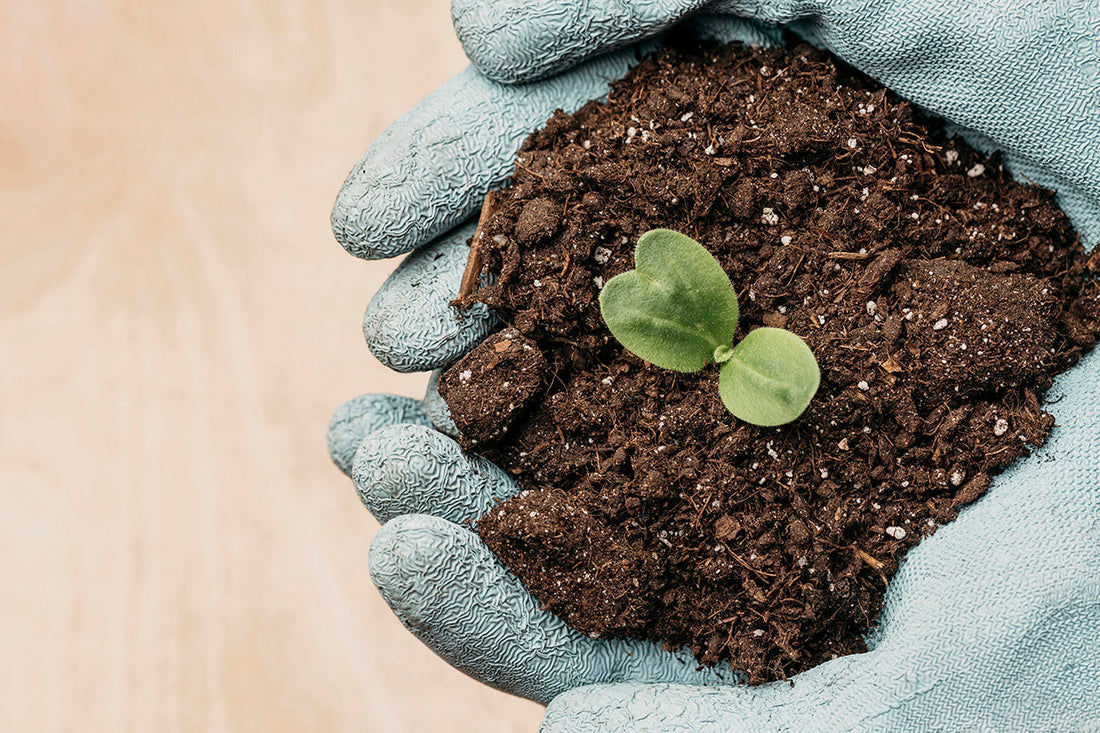
How Do I Prepare My Soil for Planting?
Share
New Zealand, it's time to get your garden ready for planting. The foundation of a successful garden lies in healthy soil. Proper soil preparation ensures that your plants have the nutrients and environment they need to thrive. Here’s how to prepare your soil effectively, including tips for soil health, amendments, and best practices for preparing garden beds.
Understanding Soil Health
Healthy soil is alive with microorganisms, nutrients, and organic matter. To create an optimal growing environment, consider the following aspects of soil health:
1. Soil Structure
Soil structure refers to how soil particles are arranged. Good structure allows for proper drainage, air circulation, and root penetration. Aim for a crumbly texture that retains moisture while allowing excess water to drain.
2. Soil pH
Soil pH affects nutrient availability. Most plants prefer a slightly acidic to neutral pH (6.0 to 7.0). You can test your soil pH using a home testing kit. If your soil is too acidic or alkaline, you can amend it accordingly.
3. Nutrient Content
Soil should be rich in essential nutrients like nitrogen, phosphorus, and potassium. A soil test can help determine nutrient levels and guide your amendments.
Tips for Soil Amendments
Once you understand your soil’s current state, you can make necessary amendments to improve its health:
1. Add Organic Matter
Incorporating organic matter, such as compost, well-rotted manure, or leaf mold, improves soil structure and fertility. Aim to add a layer of organic matter (about 5-10 cm) to your garden beds.
2. Use Mulch
Applying mulch can help retain moisture, suppress weeds, and gradually add organic matter as it breaks down. Organic mulches, like straw, wood chips, or grass clippings, are excellent choices.
3. Incorporate Green Manures
Planting cover crops (green manures) in the off-season can enhance soil health. They fix nitrogen in the soil and improve organic matter when tilled under before planting.
4. Adjust Soil pH
If your soil test indicates a need for pH adjustment, you can add lime to raise the pH or sulfur to lower it. Follow package instructions for the correct amounts based on your soil test results.
Best Practices for Preparing Garden Beds
1. Clear the Area
Remove any weeds, rocks, or debris from the planting area. This helps prevent competition for nutrients and reduces pest habitats.
2. Tilling or Turning the Soil
Loosen the soil using a garden fork or tiller to a depth of at least 15-20 cm. This aerates the soil and improves its texture. Be careful not to over-till, as this can damage soil structure.
3. Level the Bed
Once the soil is loosened, level the bed using a rake. This ensures even water distribution and prevents pooling.
4. Forming Garden Rows or Beds
If you’re planting rows, create furrows or mounds, depending on your plants’ needs. Raised beds can improve drainage and soil warmth.
5. Watering the Soil
Before planting, give the soil a thorough watering. This helps settle the soil and creates a moist environment for seed germination or transplanting.
Preparing your soil for planting is a vital step in establishing a successful garden. By focusing on soil health, making appropriate amendments, and following best practices for preparation, you’ll create a thriving environment for your plants. With a little effort now, you’ll be rewarded with a bountiful and beautiful garden as spring progresses. Happy gardening!
